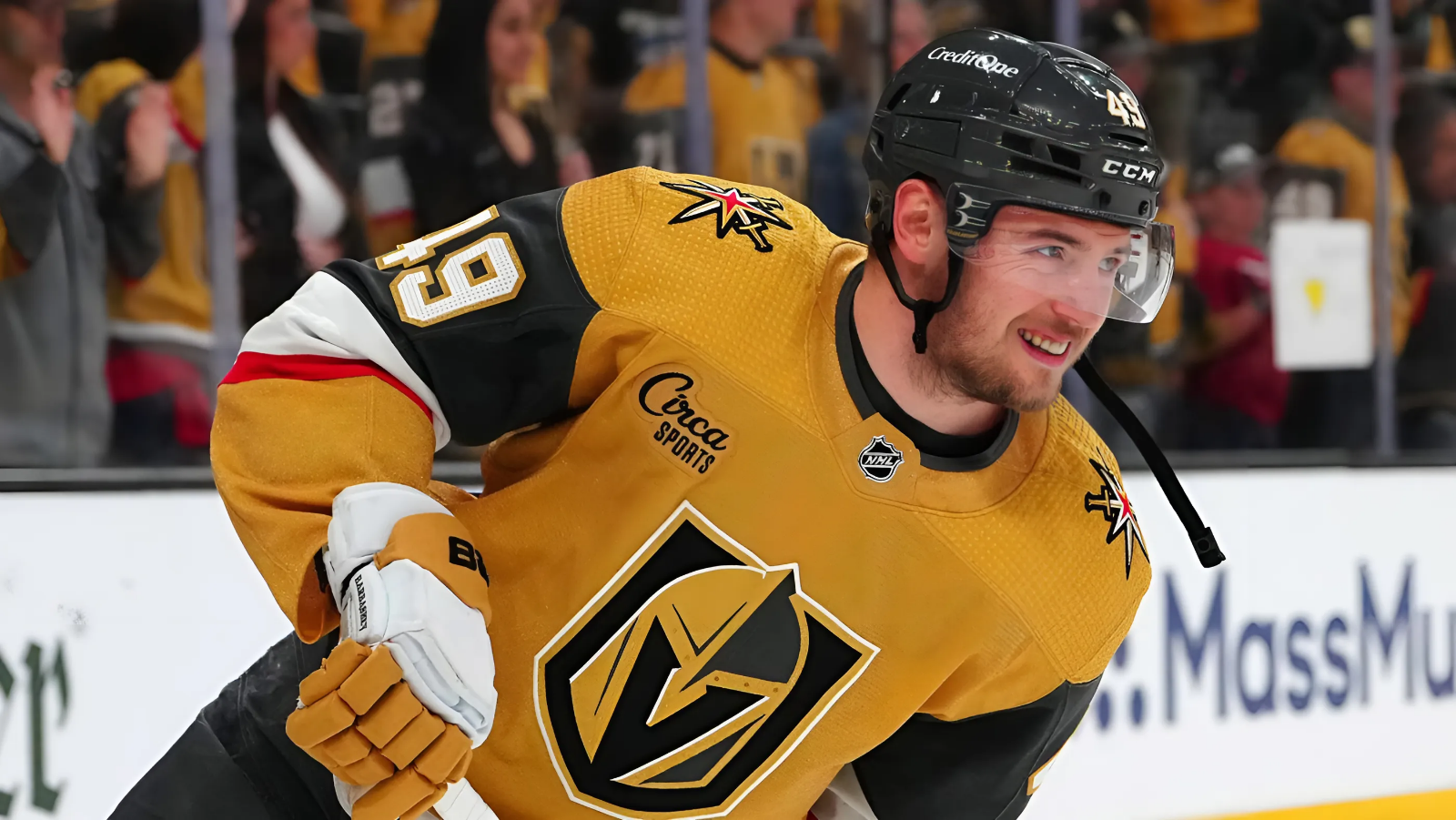Even in the dog days of summer, the March 2025 NHL trade deadline looms large for teams hopeful of making a deep Stanley Cup Playoff run.
Teams that didn’t spend big in July in free agency are, in theory, saving their cap space for the deadline, using the NHL’s accrued cap rule to bide their time and build enough space to make at least one critical addition.
Multiple teams have effectively used the trade deadline in the past three seasons, many hoping to emulate Tampa Bay’s brilliant moves in 2018 and 2020.
Here are teams that effectively used the trade deadline to make deep playoff runs, with the players acquired at the deadline, position and former team listed first.
1. Colorado Avalanche | 2022
- Artturi Lehkonen, winger (Montreal)
- Josh Manson, defenseman (Anaheim)
- Nico Sturm, center (Minnesota)
- Andrew Cogliano, winger (San Jose)
Never a stranger to believing it can get value from players who struggle elsewhere, Colorado made a couple of big bets at the 2022 trade deadline. In total, it acquired four pieces — a top-six forward (Lehkonen), a top-four defenseman (Manson) and two depth forwards (Sturm and Cogliano).
The Avalanche extended the contracts of all these acquisitions except for Sturm, meaning their trade deadline wasn’t just a trip to the rental store.
Though Lehkonen suffered some bad puck luck during the Stanley Cup Finals run, Colorado dominated the run of play in every advanced possession category with him playing. He also scored the Cup-clinching goal.
Manson struggled to adjust during the regular season and saw his numbers bounce back significantly during the playoff run.
Colorado gave up big prospects in making these acquisitions, including a couple of former first-round picks at varying stages of development.
2. New York Rangers | 2022
- Frank Vatrano, winger (Florida)
- Andrew Copp, center/winger (Winnipeg)
- Tyler Motte, winger (Vancouver)
- Justin Braun, defenseman (Philadelphia)
The only team on this list that didn’t win a Stanley Cup, the Rangers nevertheless used the 2022 deadline effectively, acquiring two players who played in the team’s top six (Vatrano and Copp), an effective fourth-line forward (Motte) and a partner (Braun) for rookie defenseman Braden Schneider.
That Rangers team was, in many ways, the avatar of what the Rangers are known for today: a team with great special teams, effective five-on-five finishing and elite goaltending.
Just exiting a rebuild, the Rangers were finally contending for a playoff spot. Heading into the deadline, there were real doubts about their viability.
At that point, it was the Igor Shesterkin show. His 30-8-3 record and .938 save percentage powered the team.
Using Natural Stat Trick’s rolling 10-game average, the Rangers were a hellish 42 percent expected goals for at the time of the deadline. After the deadline, they hit high water marks near 58 percent before settling around 50 percent, a perfectly reasonable place to be for a team with elite special teams, goaltending, and finishing talent.
Gotta See It: ANDREW COPP WITH A FIRST PERIOD HATTY! 🎩🎩🎩
He becomes the first player from the @NYRangers to score a natural hat trick in the 1st period in 74 years. 🤯
Presented by @Charmin | #EnjoyTheGo pic.twitter.com/dymKbz0kNG
— Sportsnet (@Sportsnet) April 22, 2022
Ultimately, the trade-deadline acquisitions led to New York’s first postseason series wins since 2017 and first Eastern Conference finals trip since 2015.
The Rangers mostly avoided spending significant capital but lost a first-round pick in the Copp deal based on playoff conditions. It’s hard to argue Copp, now with the Detroit Red Wings, wasn’t worth the rental — the Rangers scored 70% of the five-on-five goals with him on the ice after the deadline and regularly tilted the ice on possession numbers.
This was an excellent example of how to use accrued cap space. The Rangers were in their final season before several major contract extensions were set to kick in. With more cap space than they could use, the Rangers were free to make any deal.
3. Vegas Golden Knights | 2023
- Ivan Barbashev, winger (St. Louis)
- Teddy Blueger, center (Pittsburgh)
- Dysin Mayo, defenseman (Arizona)
- Jonathan Quick, goaltender (Columbus)
Vegas’s 2023 trade deadline efforts helped power it to the Stanley Cup Finals.
The Knights acquired a complementary top-line winger (Barbashev), a depth center (Blueger), a depth defenseman (Mayo) and a backup goaltender (Quick). That complementary forward proved critical, though, as Barbashev played much of the playoffs on Vegas’ dynamite top line with Jack Eichel and Jonathan Marchessault.
That line dominated by virtually every metric tracked by Natural Stat Trick, outscoring opponents 16-6, winning 57 percent of the expected-goals battle and 56 percent of the scoring chances and high-danger chances battles.
The trade deadline has become essential in the modern era. The question is whether that will continue with the flat salary-cap era finally reaching a conclusion.
Only time will tell.






